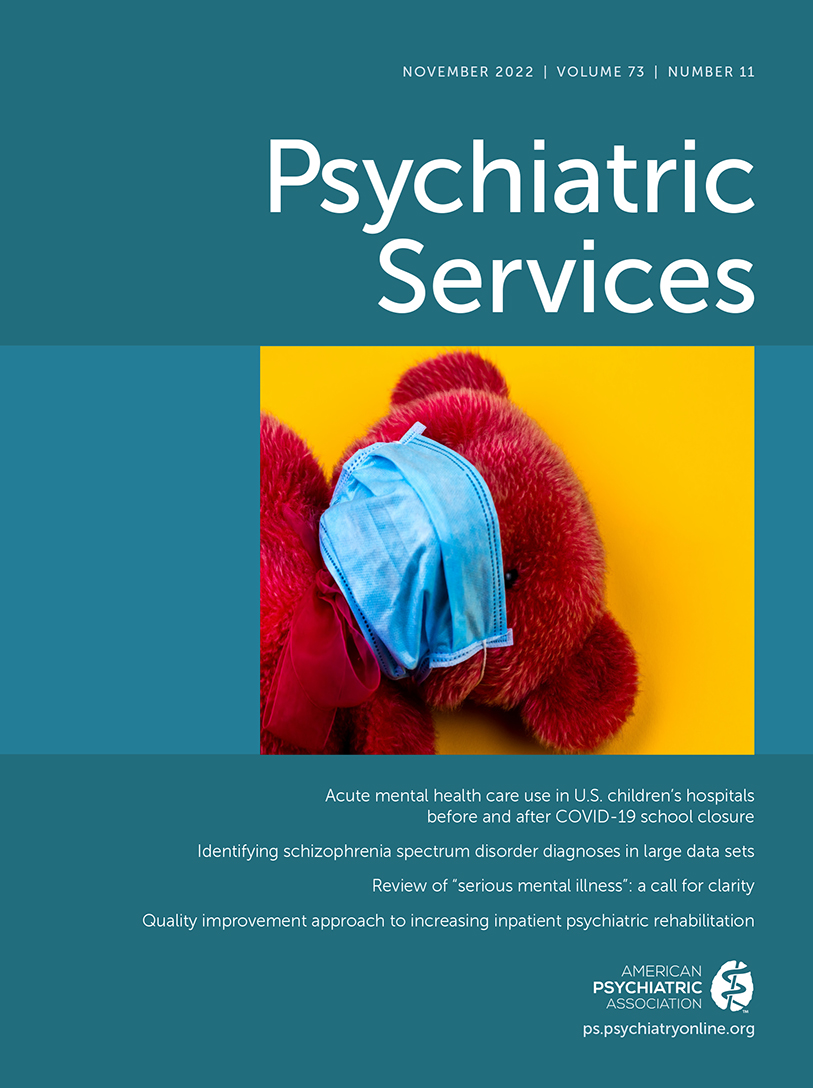Downward National Trends in Mental Health Treatment Offered in Spanish: State Differences by Proportion of Hispanic Residents
Abstract
Objective:
This study aimed to determine how the prevalence of mental health treatment facilities that offer services in Spanish has changed over time in the United States.
Methods:
Data from the National Mental Health Services Survey conducted in 2014 (N=13,015 facilities) and 2019 (N=12,345 facilities) were used to measure changes in the proportions of facilities that offered treatment in Spanish overall and by year, state, and proportion of Hispanic residents. Descriptive statistics were used to illustrate state-level changes in services offered in Spanish.
Results:
Between 2014 and 2019, the national Hispanic population increased by 4.5%, or 5.2 million people. During the same period, the proportion of facilities that offered treatment in Spanish declined by 17.8%, or a loss of 1,163 Spanish-speaking mental health facilities. Overall, 44 states saw a decline in the availability of services in Spanish, despite growth in Hispanic populations across all states. Among states with the fastest Hispanic population growth, several also experienced the greatest reduction in Spanish-language services.
Conclusions:
The findings indicate that availability of Spanish-language mental health services decreased in most U.S. states during 2014–2019. Promoting mental health service delivery in Spanish is critical for reducing barriers to treatment and ensuring health equity across populations.



